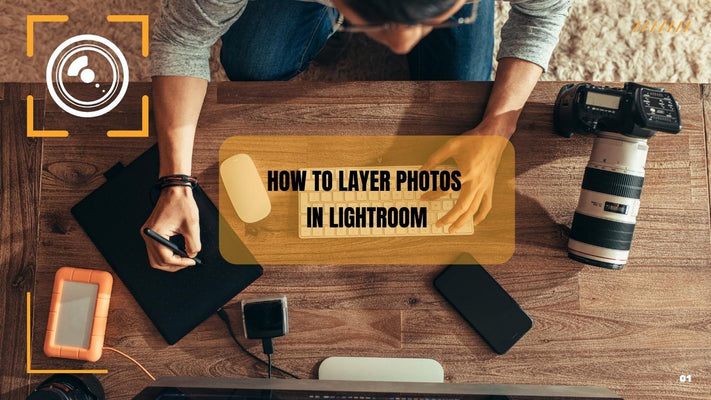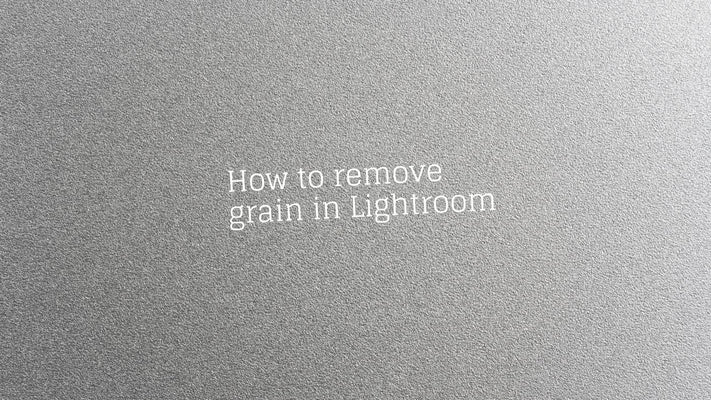How to transfer Lightroom catalog to new computer
Transferring Your Lightroom Catalog to a New Computer: A Comprehensive Guide
Transferring your Adobe Lightroom catalog to a new computer is a crucial step in ensuring a seamless transition of your photo editing workflow. The catalog contains all the information about your imported photos, including edits, metadata, collections, and more. In this in-depth guide, we will walk you through the process of transferring your Lightroom catalog to a new computer, ensuring that you can pick up where you left off without any hassle.
Step 1: Prepare Your Existing Computer
Before you begin the transfer process, it's important to ensure that your existing computer is properly prepared for the transfer. Here are a few essential steps to take:
- Backup Your Lightroom Catalog: Make a backup of your Lightroom catalog by going to the Catalog Settings within Lightroom and selecting "Backup" under the General tab. This will create a compressed copy of your catalog and all the associated files.
- Consolidate Your Files: Use Lightroom's "Consolidate" feature to ensure that all your original photo files are stored in a single location. This will make it easier to transfer them to the new computer. To do this, go to Library > Consolidate Photos and follow the prompts.
- Export Smart Previews (optional): If you want to work with your photos while the catalog is being transferred or if your original files are stored on an external drive, you can export smart previews. Smart previews are smaller, lightweight versions of your photos that allow you to continue editing even without access to the original files. To export smart previews, go to Library > Previews > Build Smart Previews.
Step 2: Transfer Your Lightroom Catalog
Now that your existing computer is prepared, it's time to transfer your Lightroom catalog to the new computer. Follow these steps:
- Copy the Catalog Files: Locate your Lightroom catalog files on your existing computer. By default, Lightroom stores catalog files with the ".lrcat" extension. Copy the catalog file and all associated files to an external hard drive, USB drive, or a cloud storage service like Dropbox or Google Drive.
- Transfer to the New Computer: Connect the external drive or transfer the files to the new computer. Place the catalog files in a location where you can easily access them during the import process. It's recommended to create a dedicated folder for your Lightroom catalog files.
- Install Lightroom on the New Computer: If you haven't already, install Adobe Lightroom on your new computer. Ensure you're using the same version or a compatible version as the one on your old computer.
- Open Lightroom: Launch Lightroom on your new computer. If prompted, create a new catalog. This new catalog will serve as a placeholder until you import your transferred catalog.
- Import the Transferred Catalog: To import your transferred catalog, go to File > Import from Another Catalog. Navigate to the location where you transferred the catalog files and select the ".lrcat" file. Lightroom will import your catalog, including all the edits, collections, and metadata from your previous computer.
- Update File Paths: After the catalog import, Lightroom may prompt you to locate the original photo files if their file paths have changed. If prompted, use the "Locate" or "Find Missing Folder" option to reconnect the files to their new location on the new computer.
Step 3: Verify and Clean Up
Once you've successfully transferred your Lightroom catalog to the new computer, it's important to verify that everything has been transferred correctly and clean up any unnecessary files. Here are a few final steps:
Review Imported Photos: Go through your imported photos in Lightroom and make sure that all the photos have been transferred successfully. Check for any missing files or errors that may have occurred during the transfer.
- Verify Edits and Metadata: Double-check that all your edits, metadata, keywords, ratings, and other catalog information have been properly transferred. Compare a few photos with your previous catalog to ensure consistency.
- Delete Temporary Files: Lightroom may create temporary files during the import process. These files are typically located in the same folder as your catalog file and have the ".lock" extension. You can safely delete these files once the transfer is complete.
- Update Backup Settings: If you had automatic backup settings in your previous Lightroom catalog, make sure to update them on the new computer. Set up regular backups to ensure the safety of your catalog and edits.
- Reconnect External Drives: If you're using external hard drives or storage devices where your original photo files are located, make sure to connect and reconnect them to the new computer. Lightroom may prompt you to locate the files again, but it should remember the file paths for future sessions.
- Test and Optimize Performance: Take some time to test the performance of Lightroom on your new computer. Adjust any settings or preferences that can optimize performance, such as cache settings or GPU acceleration.
By following these steps, you can successfully transfer your Lightroom catalog to a new computer and continue your photo editing workflow seamlessly. Remember to always keep backups of your catalog files and original photos to safeguard your work. If you encounter any issues or errors during the transfer process, refer to Adobe's support resources or seek assistance from the Lightroom community.












